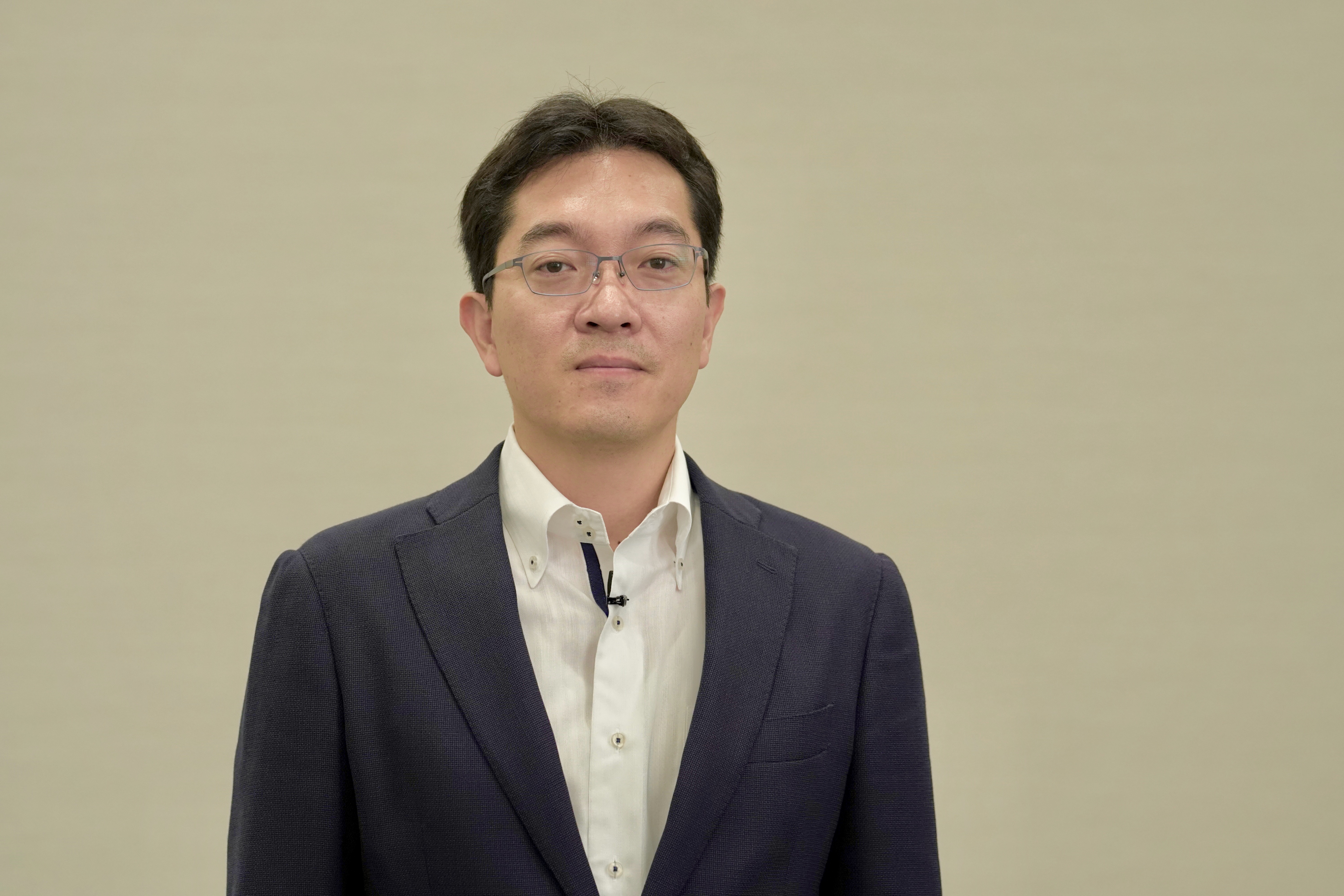Bio
Setsuya Fukuda is a social demographer working at the National Institute of Population and Social Security Research where he conducts demographic research on the inter-relationships between gender, family formation, and family policy. He received his BA, MA, and PhD. in economics from Meiji University. After graduate study, he worked as a researcher at the Max Planck Institute for Demographic Research in Rostock, Germany (2008-2011). From 2011-13, he worked in the government as an expert in the Ministry of Health, Labor, and Welfare, analyzing government statistics. In 2014-15, he received an Abe Fellowship, and conducted a US-Japan comparative study on educational differentials in marriage at the University of Wisconsin-Madison. His current research focuses on gender role division, assortative mating, fertility, and inter-generational transfers in international comparative settings, looking in particular at how Japan’s gender structure and generational economy are going to change in relation to population decline and new family policies.

